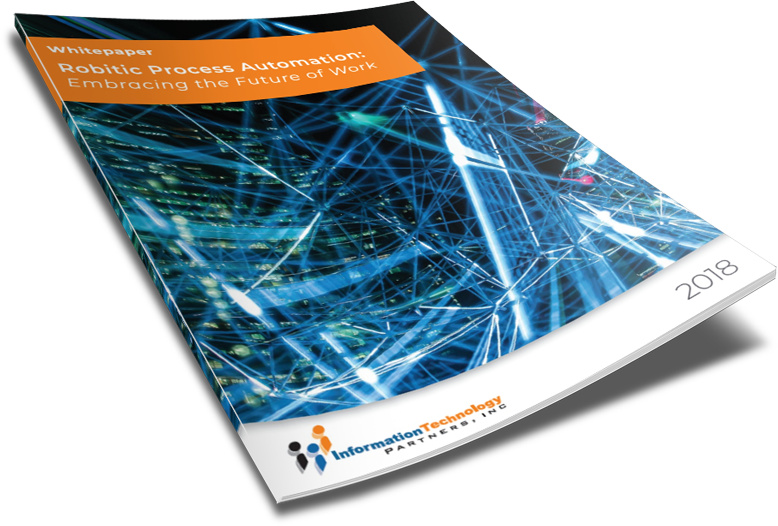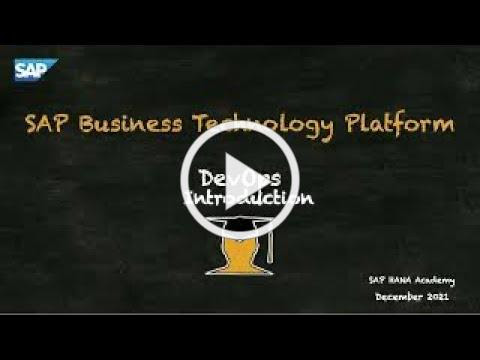TAKE NOTE (Insights and Emerging Technology)

Global tech researcher Gartner has found that only 33 percent of SAP users relying on its legacy ECC ERP system have bought or subscribed to licenses to start their transition to S/4HANA.
The data from Q2 2023 also showed that while a third of ECC users had failed to buy S/4HANA in any form, just a fifth were live with the latest version of SAP’s ERP platform in at least one of their components.
Maintenance support for ECC runs out at the end of 2027, but users of enhancement pack 5 (EHP5) or earlier will see their mainstream support cut at the end of 2025. Meanwhile, the German software giant is struggling to move users to a subscription model of S/4HANA in the cloud, via its RISE with SAP and GROW with SAP packages.
Gartner said many SAP ECC customers have not yet made a final decision about S/4HANA, but most are evaluating their options. “It is acceptable to decide that you will not adopt S/4HANA, or that you will opt for partial adoption or even third-party support, as long as you define your next steps. Consider the implications of moving your ERP applications from an owned model to a consumption-based SaaS model to help ensure alignment with your business goals,” the research house advised.
Despite the clock ticking on the support deadline for ECC, Gartner encouraged users to take their time to plan their next move.
Currently [many ECC users] are on Oracle or IBM Db2 databases. They have a lot of skilled people but there’s a structural problem, because normally, you have a database team and an SAP team. With the move to S/4HANA, you get a whole new database, but the database team thinks this is an SAP topic, so the SAP guys have to administrate the database. This can be a strange shift, which creates a lot of internal challenges.
Meanwhile, users should be careful about buying into SAP’s preferred method to move customers from legacy software to its latest S/4HANA platform running on a subscription basis in the cloud.
Users can cash in ECC perpetual licenses to help move to subscription deals in the cloud under SAP programs RISE with SAP and GROW with SAP, which the German vendor launched with service partners and cloud hyperscalers. But some fail to grasp how this can affect their future choices.
If you switch to S/4HANA with RISE with SAP, you will only get a subscription. If you are not happy or satisfied with the service and want to move out of the RISE subscription, you don’t have a valid license to run it on-prem anymore. It is really close to a vendor lock. Most of the customers are not aware of what it means to no longer own a license.
SAP said it had been transparent with customers, and in February 2020 announced that IT would provide mainstream maintenance for core applications of [ECC] SAP Business Suite 7 software until the end of 2027, followed by optional extended maintenance until the end of 2030.
“This information has been made available on the SAP Support Portal, in our product availability matrix, the respective SAP Support Notes and in a press release and interviews”, said an SAP spokesperson.
Interested in learning more about RPA? Download our FREE White Paper on “Embracing the Future of Work”
UNDER DEVELOPMENT (Insights for Developers)
ABAP Programming Model Evolution

Intro
Enterprise software development is constantly evolving, and the SAP ecosystem is no exception. For many years, the ABAP language has been the backbone of SAP applications, powering the core processes of countless businesses. However, with the rise of cloud computing and the demand for more flexible and agile solutions, SAP recognized the need for a modernized approach to ABAP development.
This led to the introduction of the ABAP RESTful Programming Model, also known as ABAP RESTful Application Programming Model (RAP) and the Cloud Application Programming (CAP) model. For a good understanding of these, please take a look at https://itpfed.com/comparing-abap-rap-model-with-the-cap-model/ at itpfed.com.
In this short post, I hope to give the newer ABAP developers a feel for how ABAP got to where it is today by looking at the different programming models SAP has used throughout the years. Including the shortcomings that led to the next innovation in the model.
ABAP Program Model Evolution
The Advanced Business Application Programming (ABAP) language has been at the heart of SAP’s application development for decades. It has continuously evolved to meet the changing demands of the business world.
Let’s take a look at the evolution of the ABAP Programming Model…
- Classic ABAP Programming: The journey of the ABAP Programming Model began with Classic ABAP Programming. In this phase, ABAP was used to develop monolithic, tightly-coupled applications. These applications served businesses well for years, but they lacked the flexibility required in the modern, fast-paced world of enterprise software.
- Introduction of Object-Oriented ABAP: To address the need for more flexible and modular development, SAP introduced Object-Oriented ABAP. This step allowed developers to leverage the power of object-oriented programming (OOP) principles in their ABAP code. It introduced concepts such as classes, methods, and inheritance, enabling developers to build more scalable and maintainable applications.
- SAP Fiori and the ABAP Programming Model: The introduction of SAP Fiori brought about significant changes in the ABAP Programming Model. SAP Fiori aimed to provide a modern, intuitive user experience for SAP applications. To achieve this, SAP introduced the ABAP Programming Model for SAP Fiori. This model encouraged developers to build applications with user-centric design principles in mind.
Key features of the ABAP Programming Model for SAP Fiori include…
– Dig Deeper –
SAP BTP DevOPS Overview for Beginners
Q&A (Post your questions and get the answers you need)

Q. What Is CloudOps? How can CloudOps affect my SAP Cloud Deployment?
A. Cloud Operations (CloudOps) is a set of practices and processes for managing the delivery, orchestration, optimization and performance of workloads in cloud environments. It is similar to DevOps, which organizes the process of developing and delivering applications. Developers, IT operations experts, and security teams all use CloudOps principles to work together to ensure clouds run more effectively.
CloudOps has a broad scope, covering multi-cloud, hybrid cloud, private clouds running within on-premise data centers, and edge computing. CloudOps provides operational patterns, procedures, and cost optimization best practices that ensure organizations derive more value from their cloud investment.
A key element of cloud operations is data and analytics. Access to data increases visibility into elements of the cloud environment, and provides the insights needed to control resources and run services more efficiently.
CloudOps for SAP Deployments in the Cloud
CloudOps has tremendous potential to improve the cost and efficiency of SAP workloads in the cloud. Benefits of CloudOps include:
Improved service delivery—CloudOps enables the automated execution of critical tasks. For instance, organizations can configure their SAP systems to conduct analytics, produce reports, provision infrastructure, and perform tests automatically in the cloud.
High availability in the cloud—CloudOps provides real-time data transfer monitoring, cloud application updates, and automated resource deployment and scaling. It helps maintain service availability for SAP applications and supports the remote execution of processes and applications from any location. High availability minimizes the risk of downtime and service outages.
Improved security—CloudOps focuses on data security as a core task to ensure that organizations plug security gaps, encrypt all data, scan for malware, apply patches, secure their networks with firewalls, and detect potential attacks. This is critical for SAP environments, which are especially vulnerable to security vulnerabilities.
Easier disaster recovery—CloudOps helps ensure system and data recovery during a breach or disaster
While still evolving, CloudOps practices can be used to run SAP in the cloud more effectively, with improved security and service availability.
Cheers!



